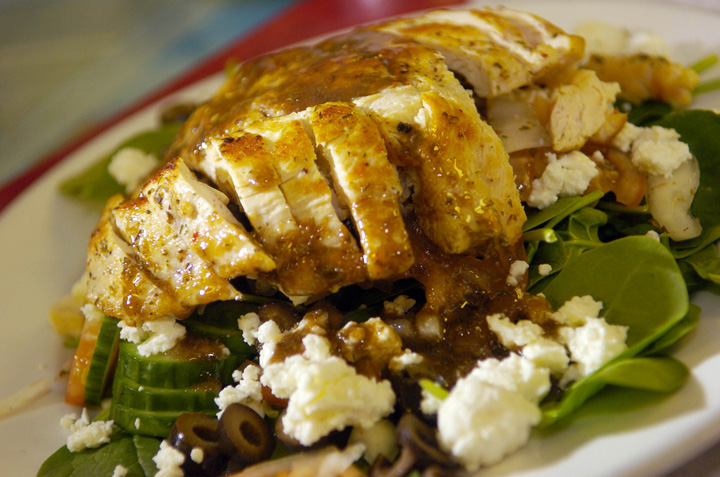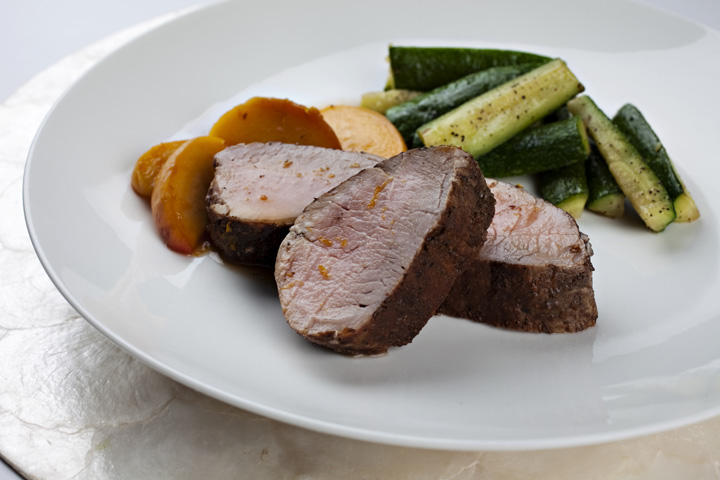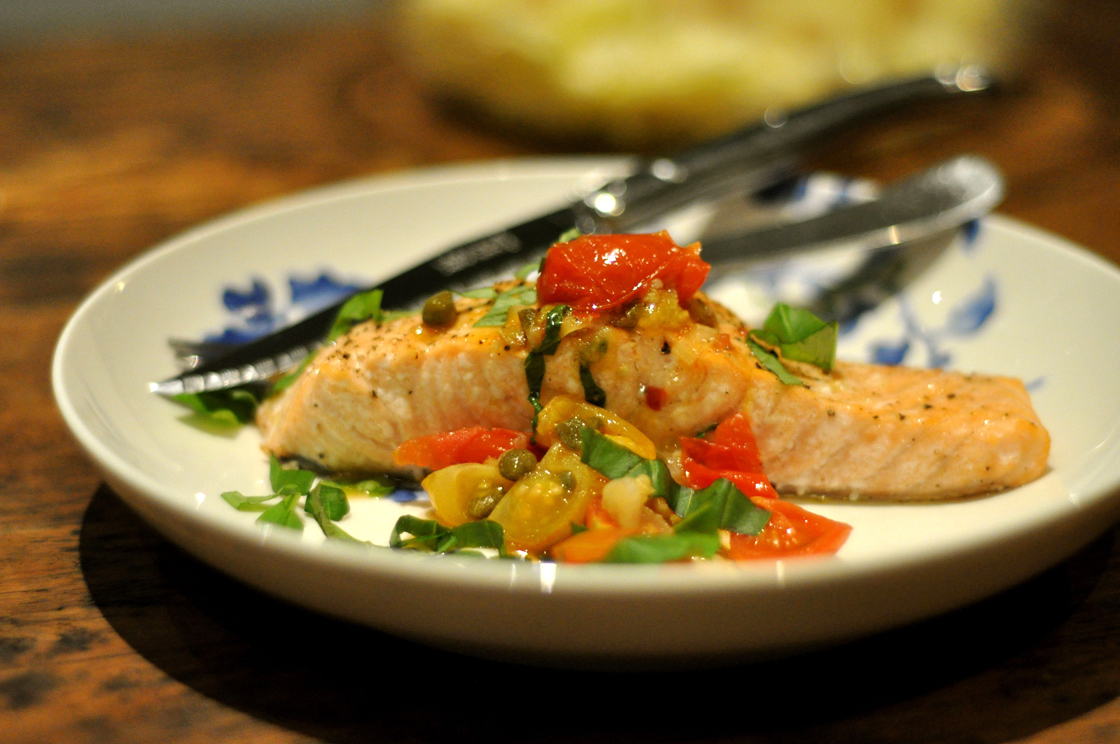TORONTO – This week the World Health Organization criticized the fast food industry for marketing unhealthy fare to kids and families. The global body says the strategy has been “disastrously effective,” allowing the obesity epidemic to spiral out of control.

Healthy eaters and those who turn to fast food have difficult choices to make, registered dietician Carol Dombrow told Global News. She’s been a dietician with the Heart and Stroke Foundation for the past 25 years.
“It’s blind, you really don’t know what you’re getting unless you see the nutritional information,” she said.
Read more: Preschoolers’ eating habits linked to future heart health risks, Canadian study suggests
You’re on a road trip, you slept in, or you stayed late at the office: there are some times where we have to make a stop for fast food or take out.
Dombrow offered these five suggestions to help Canadian diners navigate fast food menus.
When choosing a burger…
(File photo/Getty Images)
“Smaller and plainer certainly works when you are making your burger choice. Pile on the lettuce and tomatoes and go easy on the mustard and ketchup to control the sodium level,” Dombrow suggests.
A double cheeseburger clocks in at 660 calories with 830 mgs. Opt for a single patty cheeseburger and you shave off 360 calories.
Read more: What Canadians want to know about what’s in fast food meals
A hamburger, the best choice, comes in at 250 calories and 510 mgs of sodium.
When choosing a sub sandwich…
(Jewel Samad/Getty Images)

Get weekly health news
Fish is universally seen as a healthy portion of protein, but not when it’s bathing in mayonnaise.
“Fish is good, but in this case, the mayonnaise really adds to the fat content of the sub,” Dombrow said.
A six-inch tuna sub has 470 calories, a whopping 24 grams of fat, and 620 mgs of sodium. A six-inch roast beef sub has 290 calories, 4.5 grams of fat and 720 mgs of sodium.
Read more: Top 10: Some of the worst foods for your heart’s health
Dombrow says the best bet is the oven roasted chicken sub – 310 calories, a much more reasonable 4.5 grams of fat and 600 milligrams of sodium.
When choosing a chicken entree…
(Photo By Glenn Asakawa/Getty Images)
Salads in restaurants have a bad reputation: they come with fat-laden salad dressings, copious amounts of cheese and even fried chicken strips and bacon. But if you pay attention to what’s in the salad, it could be a healthier option than a stir-fry.
“This one is a surprise. Chicken, vegetables and rice should be low in fat and sodium but unfortunately the addition of oil and sauces really increases the fat and sodium content of this dish. Salads can be tricky and will certainly vary in the amount of fat and sodium they contain,” Dombrow told Global News.
In this case, a spinach chicken salad is the best choice, even next to a chicken stir fry.
The stir fry sets diners back 1,170 calories, 40 grams of fat with an astounding 1,910 mgs of sodium. On the other hand, a spinach chicken salad has a mere 270 calories, five grams of fat and 460 mgs of sodium.
Dombrow warns consumers to be wary of saucy dishes – they’re packed with sodium. Salads with bacon, cream sauce or fried toppings are also danger zones if you’re looking to eat clean.
When choosing a steak dinner…
(Deb Lindsay/Getty Images)
Steak and potatoes are a classic, but Dombrow suggests switching it up if you’re trying to eat healthier.
Swap the potatoes for a salad and a plate of vegetables. Keep your dressing on the side and try to avoid adding sauce for your steak, she says.
A steak with bacon, vegetables, cream sauce and a Caesar salad has 1,058 calories, 77 grams of fat and 1,793 mgs of sodium. That’s more than half the day’s allotment of calories and close to an entire day’s salt intake (the upper limit is 2,300 mgs for adults).
Read more: Young Minds: Growing research backing nutrition’s role in mental health
Opt for a portioned out eight-ounce sirloin steak with vegetables and a mixed salad, and you’d cut more than half the calories and nearly three times the sodium. This dish would have 464 calories, 25 grams of fat and 647 mgs of sodium.
When choosing a fish dinner…
(Ellise Pierce/Getty Images)
Fried fish over baked, grilled or roasted seafood? This one may seem like a no-brainer but Dombrow asks consumers to consider the difference in nutritional value with both plates.
A fish and chips dinner with 2 pieces of haddock and fries has 1,055 calories, 65 grams of fat and 1,814 mgs of sodium. That’s veering on maxing out your day’s calories (about 2,000 for the average man or woman) and your day’s sodium content.
On the other end, a filet of sole dinner comes in at 323 calories, nine grams of fat and 206 mgs of sodium.
carmen.chai@globalnews.ca
Follow @Carmen_Chai













Comments